The ancient city of Petra, nestled in the rugged desert canyons of southern Jordan, has long captivated historians, archaeologists, and travelers alike. Known as the "Rose City" for its pink-hued sandstone cliffs, Petra was once a thriving Nabataean trading hub and later a Roman provincial capital. Yet, beyond its iconic facades and towering tombs lies a lesser-known narrative—the untold treasures and mysteries still waiting to be uncovered. Recent excavations and scholarly debates have reignited interest in what many call the "Treasures of Petra," a tantalizing blend of myth, history, and archaeological potential.
The Nabataeans: Masters of Trade and Craftsmanship
The Nabataeans, an industrious Arab people who flourished between the 4th century BCE and the 1st century CE, were the architects of Petra's grandeur. Their wealth stemmed from a monopoly on the incense trade, funneling frankincense and myrrh from southern Arabia to Mediterranean markets. But their legacy extends beyond commerce. The Nabataeans were master hydrologists, carving intricate water channels and cisterns into the rock, and their artistry is immortalized in Petra's elaborate carvings. Rumors persist that hidden chambers within the city may still hold relics of their opulence—gold, precious stones, and even lost scrolls documenting their sophisticated society.
The Treasury's Secret Chamber: Fact or Fiction?
Al-Khazneh, or "The Treasury," is Petra's most recognizable monument, its ornate facade famously featured in Indiana Jones and the Last Crusade. For decades, archaeologists speculated about a hidden chamber beneath its floor. In 2016, ground-penetrating radar scans revealed an unexplained void, sparking global fascination. While some scholars argue it could be a royal tomb or a ritual space, others whisper of plundered treasures or sacred texts. The Jordanian government, cautious about preserving the site, has yet to authorize extensive excavation, leaving the mystery unresolved and fueling imaginative theories.
Copper Scrolls and the Elusive Hoard
One of the most enigmatic artifacts linked to Petra is the so-called "Copper Scroll," one of the Dead Sea Scrolls discovered in nearby Qumran. Unlike its parchment counterparts, this scroll lists 64 locations where vast quantities of gold and silver were supposedly hidden—including sites near Petra. While many dismiss it as legend, a handful of researchers believe the scroll could be a literal treasure map. Expeditions have searched for decades, but the arid terrain and ambiguous clues have yielded nothing conclusive. Could Petra's treasures still lie buried in the surrounding hills, waiting for a lucky explorer?
Modern Discoveries and the Race Against Time
In recent years, smaller but significant finds have kept hope alive. A 2021 excavation uncovered a ceremonial platform adorned with Nabataean inscriptions, hinting at undiscovered religious sites. Meanwhile, looters and black-market traders pose a constant threat, driving authorities to ramp up security. Archaeologists now work with drones and 3D imaging to document the area before erosion or human interference erases clues forever. The challenge is not just finding the treasures, but preserving them for future generations.
Petra's Cultural Legacy: Beyond Gold and Silver
While the allure of hidden riches dominates headlines, Petra's true treasure may be its cultural heritage. The city's blend of Hellenistic, Egyptian, and indigenous Nabataean influences offers invaluable insights into ancient cross-cultural exchange. UNESCO, which designated Petra a World Heritage Site in 1985, emphasizes the need to protect this legacy. Sustainable tourism and digital archiving projects aim to balance accessibility with conservation, ensuring that Petra's stories—both told and untold—endure.
As the sun sets over the Siq, casting long shadows on Petra's weathered stones, the city whispers its secrets to those who listen. Whether or not gold-filled chambers are ever found, the enduring mystery of its treasures ensures that Petra remains not just a relic of the past, but a living enigma.

By Grace Cox/Apr 28, 2025
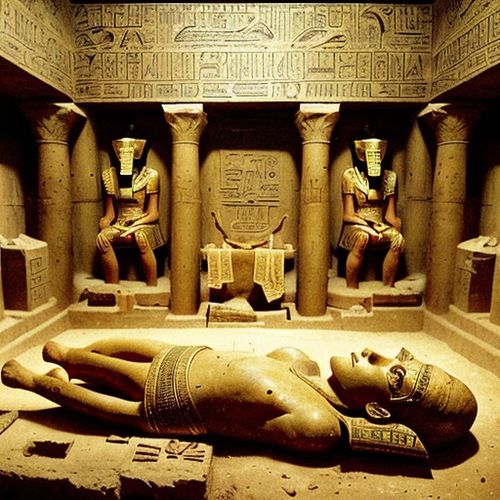
By Emma Thompson/Apr 28, 2025

By Christopher Harris/Apr 28, 2025
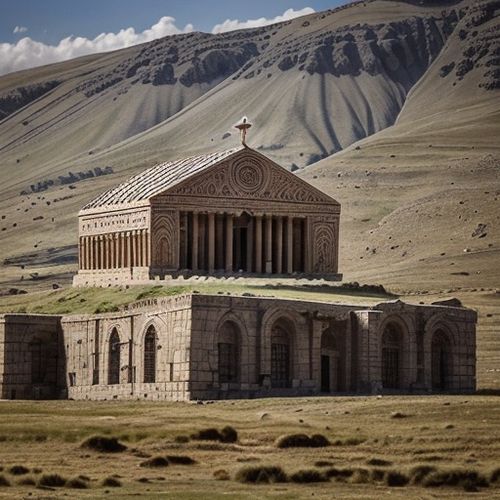
By Lily Simpson/Apr 28, 2025

By Olivia Reed/Apr 28, 2025

By Christopher Harris/Apr 28, 2025

By Amanda Phillips/Apr 28, 2025

By Daniel Scott/Apr 28, 2025

By Jessica Lee/Apr 28, 2025

By James Moore/Apr 28, 2025
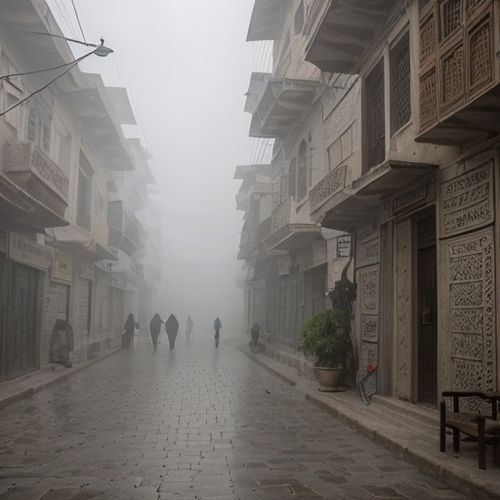
By Grace Cox/Apr 28, 2025

By Emily Johnson/Apr 28, 2025
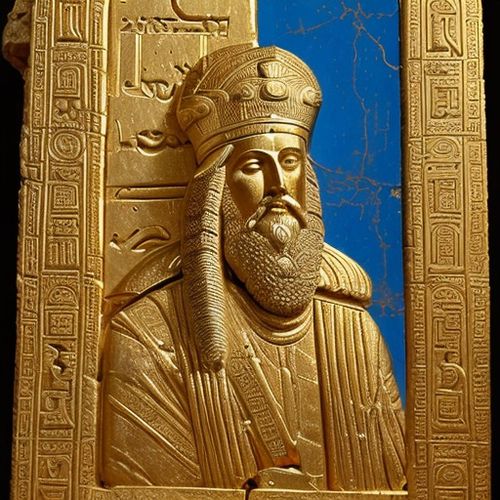
By Thomas Roberts/Apr 28, 2025
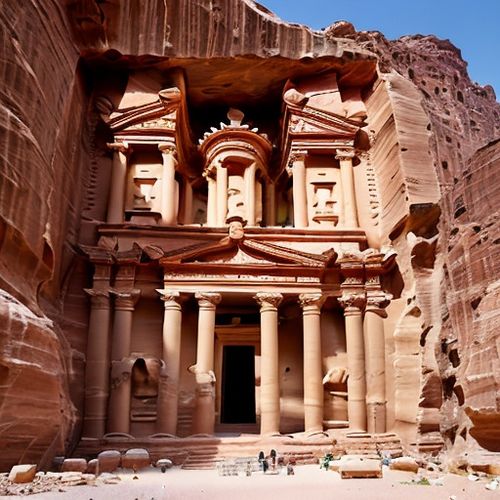
By Amanda Phillips/Apr 28, 2025

By Daniel Scott/Apr 28, 2025
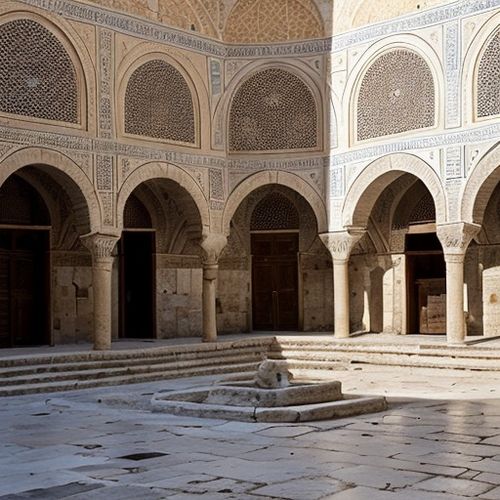
By William Miller/Apr 28, 2025
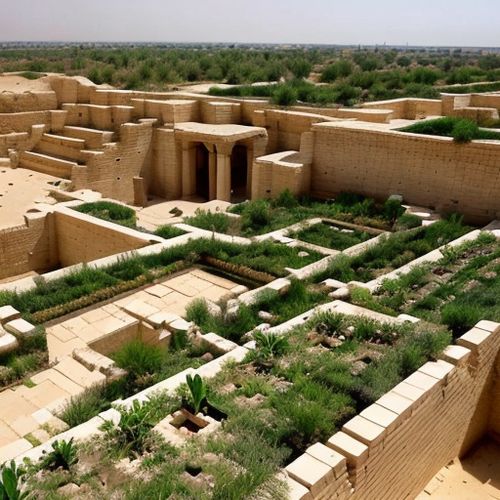
By Joshua Howard/Apr 28, 2025

By Amanda Phillips/Apr 28, 2025
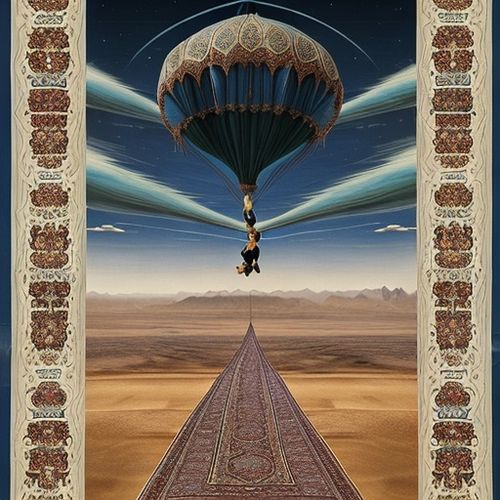
By Natalie Campbell/Apr 28, 2025
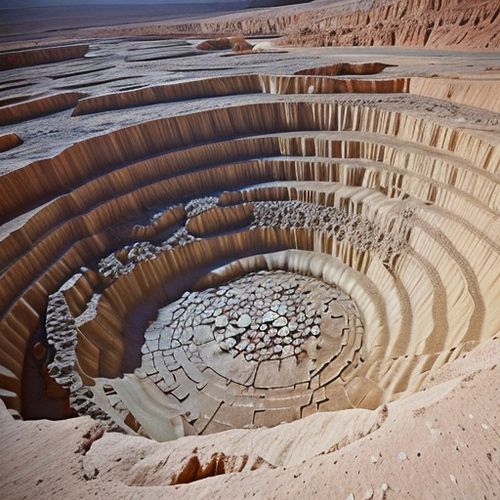
By Natalie Campbell/Apr 28, 2025